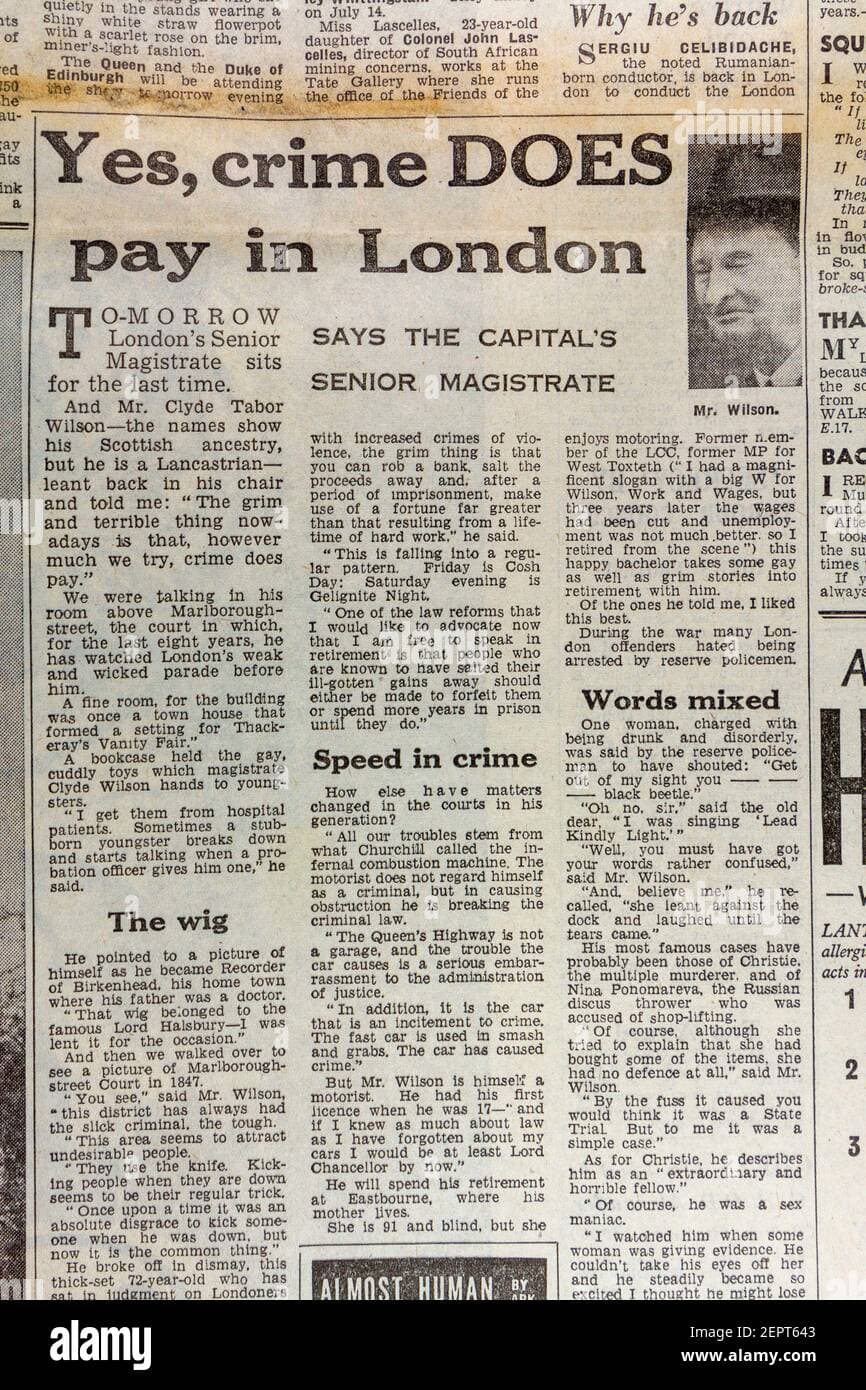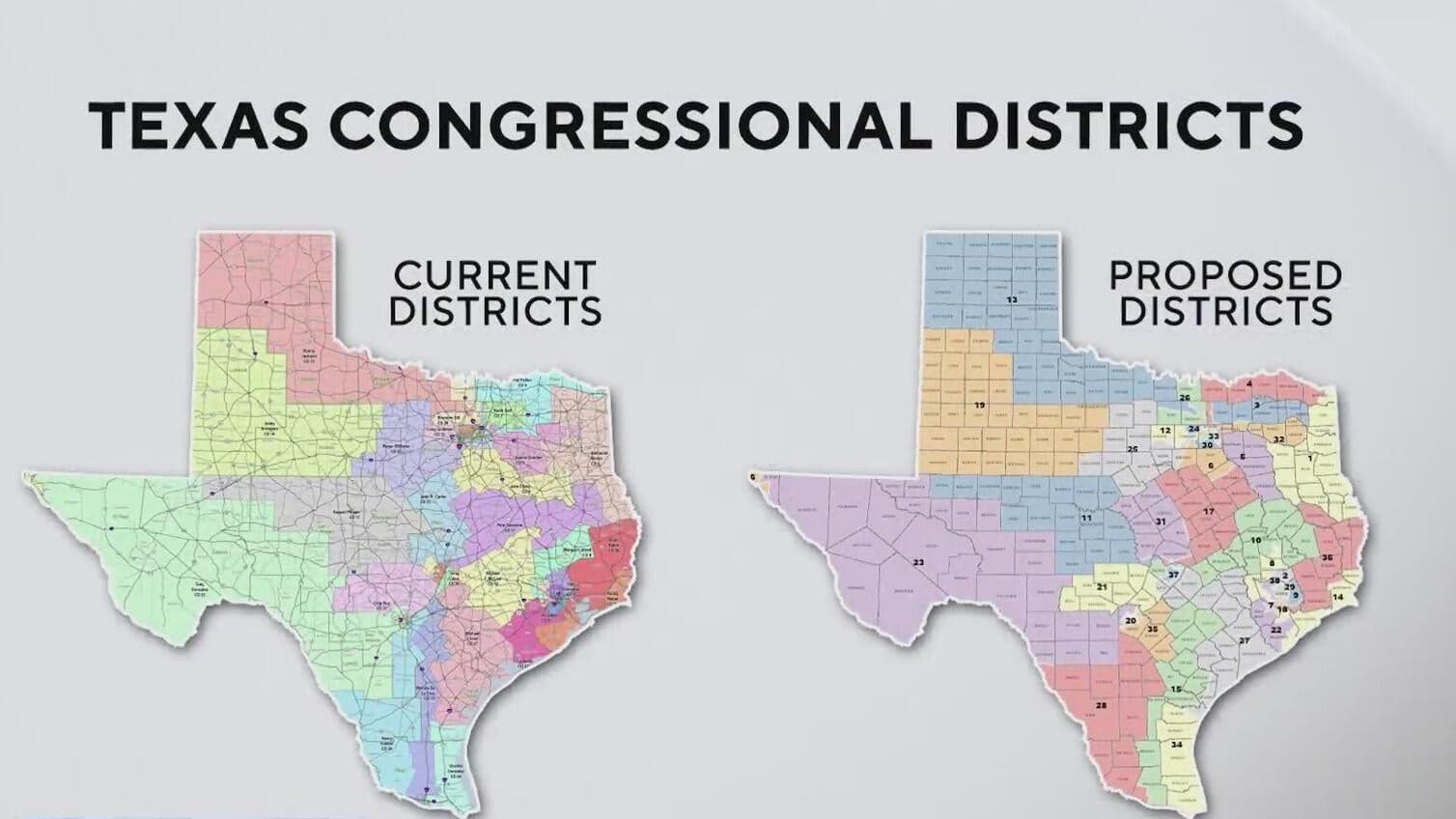Trump’s Trade War Proved China Can Confront American Power
A New York Times opinion column published today argues that the outcome of President Trump’s trade campaign has elevated China to a geopolitical peer, reshaping global alignments and testing the resilience of U.S. alliances. The piece warns that by treating bilateral ties as a U.S. China G2 and validating Beijing’s coercive toolkit, the Trump approach may have ceded leverage and complicated Washington’s push to rebuild industry and forge collective responses.

A New York Times opinion column published today argues that the strategic legacy of President Trump’s trade confrontation with China may mark the moment Beijing became a geopolitical equal to Washington. The column contends that the trade war’s disruptions, together with the former president’s diplomatic posture, have altered the balance of influence between the two powers and reshaped how allies and partners calculate their own interests.
The column highlights two central consequences. First, prolonged tariffs and reciprocal measures triggered adjustments in supply chains and industrial strategy that reduced the ability of the United States to unilaterally coerce Beijing. Second, by framing a visit and dialogue in terms of a U.S. China "G2" the column says Mr. Trump diminished the role of traditional partners whose cooperation Washington needs to reindustrialize at home and to check Chinese expansion abroad. That narrowing of diplomatic bandwidth, the piece argues, weakened collective leverage at a moment when multilateral coordination was essential to shape the rules of the new economic rivalry.
Beijing’s use of targeted economic pressure and diplomatic signaling acquired new credibility, according to the column. Where Washington had long relied on alliance networks and economic dependencies to shape Beijing’s behavior, the trade confrontation demonstrated that sustained countermeasures and selective coercion could produce concessions or at least blunt U.S. pressure. The column warns that this validation of coercive tools risks inviting greater use of economic influence by China, potentially giving Beijing veto capacity over aspects of the "America First" agenda that hinge on partners and foreign supply chains.
The argument matters beyond Washington and Beijing. For allied capitals in Europe and Asia the column suggests a familiar dilemma. Governments balancing trade ties with China against security partnerships with the United States must now consider that alignment choices carry more immediate consequences. Countries in the global South may interpret the episode as confirmation of a more multipolar order in which they can extract concessions or pursue equidistant policies without automatic alignment with either Washington or Beijing.
Legal scholars and policy makers will also be watching how the episode influences norms around economic coercion. The international trade system is premised on rules and dispute mechanisms, yet the past decade has seen states increasingly deploy informal economic pressure that sits at the margins of those rules. The column implies that if coercive practices continue to yield strategic gains, the incentives to respect multilateral dispute resolution may weaken, eroding trust in institutions such as the World Trade Organization.
The opinion piece concludes with a caution for U.S. strategy. Reindustrialization and technological resilience require not only domestic investments but also durable partnerships. If bilateral theatrics and unilateral pressure have indeed shifted leverage toward Beijing, rebuilding American capacity will demand both economic renewal and a return to coalition diplomacy that recognizes the interconnected nature of contemporary power. Historians, the column suggests, may come to see the trade war as the inflection point that transformed uneasy competition into rough parity.

